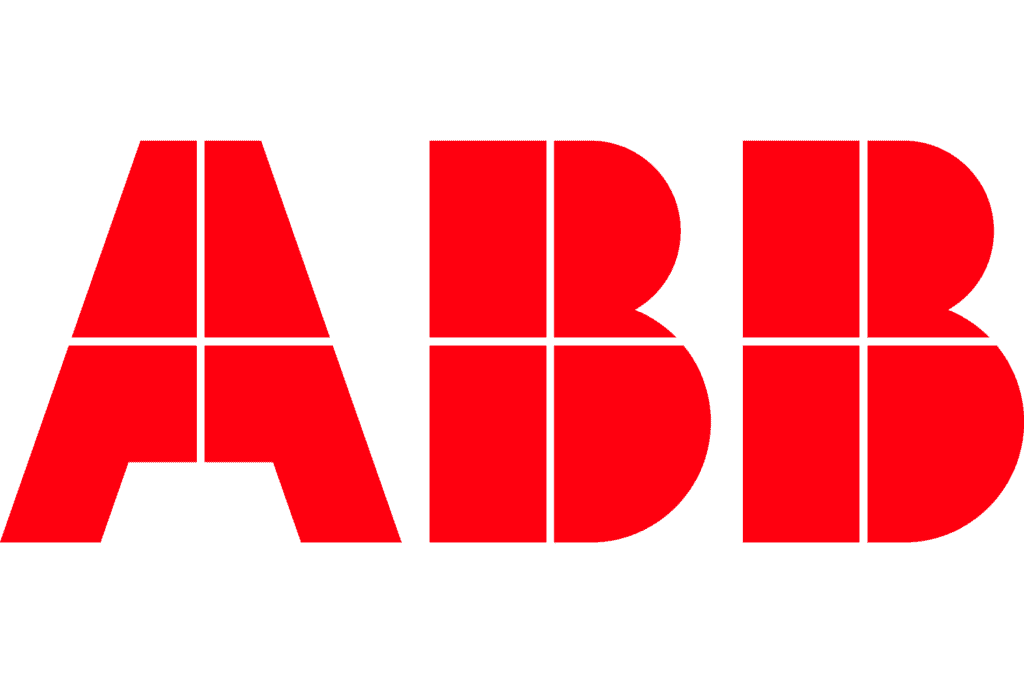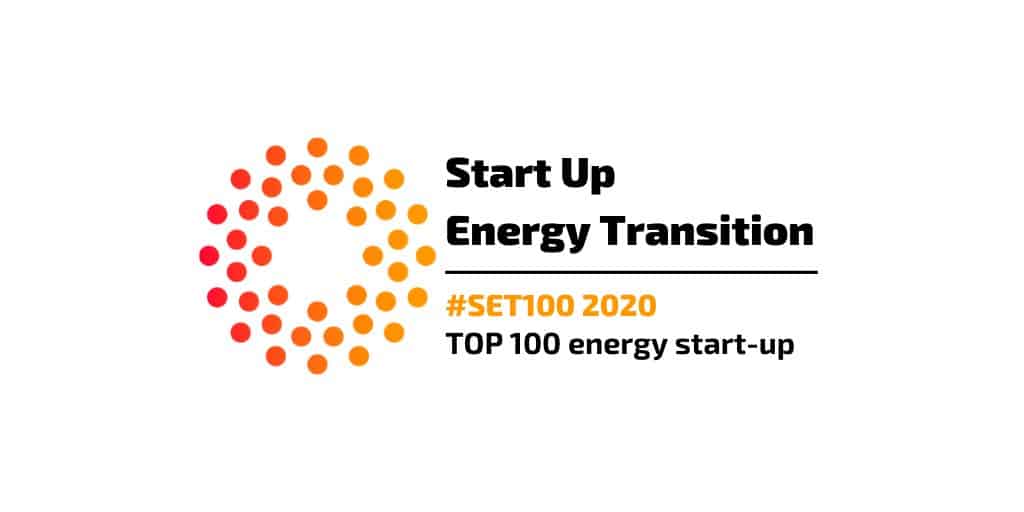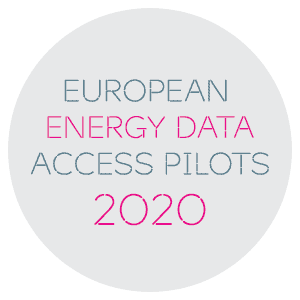In January this year, the European Commissioner for Energy, Kadri Simson, reiterated the European energy vision of carbon neutrality by 2050 and a reduction of at least 55% of emissions by 2030. These ambitious Green Deal targets emphasise the scale of Europe’s determination to deliver a green energy revolution. In their own words, they want to ‘show global leadership on renewables’.

On the face of it, it does seem as though progress is being made. In 2020, an unprecedented year on so many levels, renewable energy source (RES) production overtook fossil fuels as the main source of electricity in Europe for the first time. According to a joint report from U.K. think tank Ember and German think tank Agora Energiewende, renewables rose to generate 38% of Europe’s electricity in 2020 (compared to 34.6% in 2019), while fossil-fired generation fell to 37%. Wind and solar production were particularly prominent, with wind generation rising by 9% and solar by 15%.
Encouraging yes, but it’s not yet enough. To hit those ambitious decarbonisation targets, European wind and solar generation growth must nearly triple from 38 TWh per year average growth in 2010-2020 to 100 TWh per year average growth between 2020-2030, according to the Ember report. With the International Energy (IEA) forecasting a rise in investment in wind and solar installations across the continent this year, it appears that it is heading in the right direction. But is it rising fast enough, and if not, what can be done about it?
Barriers to RES adoption
There are still significant barriers in place that are putting the brakes on faster, more widespread RES adoption, including socio-political challenges, regulatory and bureaucratic red tape and cost. One of the largest hurdles however is infrastructure, specifically the legacy infrastructure in place from decades of fossil fuel production which is unable to handle the surges in renewable energy. It can be difficult for grid operators, for example, to efficiently balance demand peaks with more unreliable RES production peaks, particular with volatile sources such as wind and solar.
The solutions that we are increasingly seeing for these challenges tend to lie more in demand-side innovation. That is, the more efficient analysis and management of demand through widespread real-time data collection, such as that from smart meters. That data open a valuable window into energy consumption and allows for more efficient load balancing on the grid. But it is important to also look supply-side for data-led solutions which could eliminate those barriers to a zero-carbon energy future by working hand-in-hand with demand-side technology. RES data offers just such a solution.
The potential of renewable energy source data
Renewable energy installations, such as wind farms, generate a huge quantity of data. It can be broadly segmented into operational performance information such as SCADA data, energy market integration data such as forecasting and imbalance, and maintenance hub data. The data is usually aggregated at source in near real-time and is largely used just for operational condition monitoring. It is an enormously valuable source of data which has potential beyond facility O&M teams but has, to date, not been fully exploited and still lies siloed, fragmented and inhibited by grey areas around legalities such as ownership. This all leads to the lack of an efficient and dynamic data exchange flow between parties along the value chain, such as between wind farm operator and energy utility, or between windfarm operator and transmission system operators (TSO) and distribution network operators (DSO).
Much like with demand-side innovation though, technology is coming up with the solutions. Digital marketplaces, for example, are now starting to offer a simple, cost-efficient method of standardising and integrating RES data between disparate systems, enabling the rapid two-way flow of information that we need from operator through to end-user. Such a dynamic flow has enormously positive consequences for the drive to greater RES use, including:
- Operational efficiencies and cost reduction
Installation maintenance is one of the costliest elements in renewable energy production. Better access to reliable real-time SCADA data and analytics enables asset owners to more accurately monitor operational performance and proactively put in place predictive maintenance programmes, effectively eliminating expensive unplanned O&M repairs which can run into millions for large scale facilities and allowing for improved operational efficiencies.
- More accurate production forecasting
Notoriously inconsistent given its reliance on environmental conditions, renewable energy production can be difficult to accurately forecast. But by implementing a direct data exchange channel between RES operator and TSO, real-time operational information can be the cornerstone of more efficient load balancing. This in turn allows for a greater proportion of renewable energy to reliably flow through the system with less risk of grid failures. More accurate production forecasting can also attract greater investment.
- Guarantees of Origin
In market since 2007, Guarantees of Origin are electronic certification that documents energy origin, guaranteeing it comes from a renewable supply. They are tradeable commodities often bundled in with PPAs and have been shown to be effective in increasing market momentum for renewable energy sources as well as an being an increasingly attractive new revenue stream for RES producers. However, as the GO system relies on the ability to track energy through the supply chain from generator to end user, a more reliable dynamic flow of RES data is absolutely essential if GOs, and their positive impact on RES use, are to continue scaling effectively.











